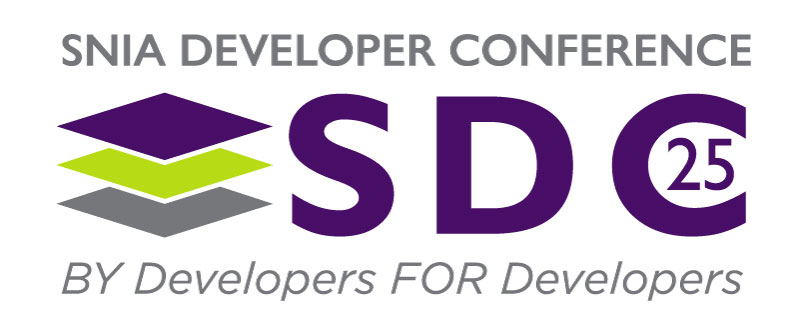SDXI v1.0 is a standard for a memory-to-memory data mover and acceleration interface that is extensible, forward-compatible, and independent of I/O interconnect technology. Among other features, SDXI standardizes an interface and architecture that can be abstracted or virtualized with a well-defined capability to quiesce, suspend, and resume the architectural state of a per-address-space data mover. This specification was developed by SNIA’s SDXI Technical Working Group, comprising of 89 individuals representing 23 SNIA member companies. As new memory technologies get adopted and memory fabrics expand the use of tiered memory, SDXI Specification v1.0 will be enhanced with new accelerated data movement operations and use cases. This talk gives an overview of the SDXI’s use cases, important features of SDXI specification v1.0, and what features can be expected with new versions of the specification.
SNIA SDXI Specification v1.0 and Beyond
Shyamkumar Iyer
Dell
Abstract
Learning Objectives
- SDXI Standard and its internals
- SDXI Ecosystem
- SDXI Futures
- Acceleration Patterns
Related Sessions
